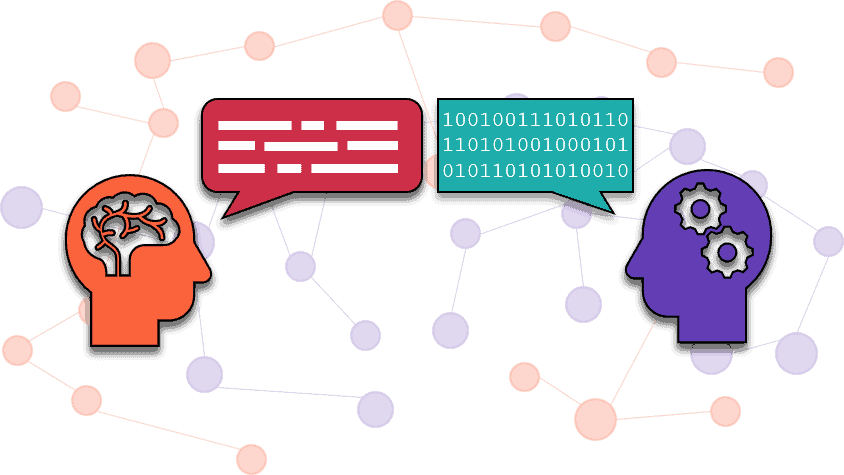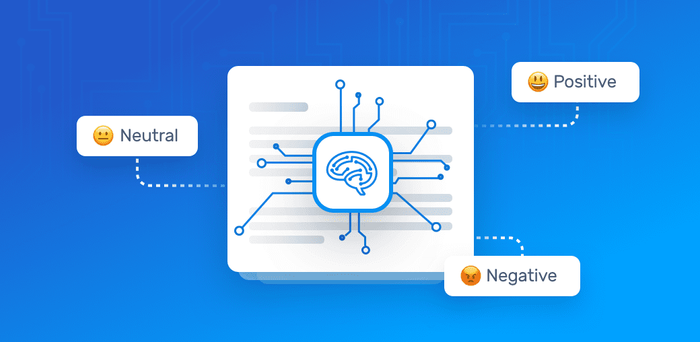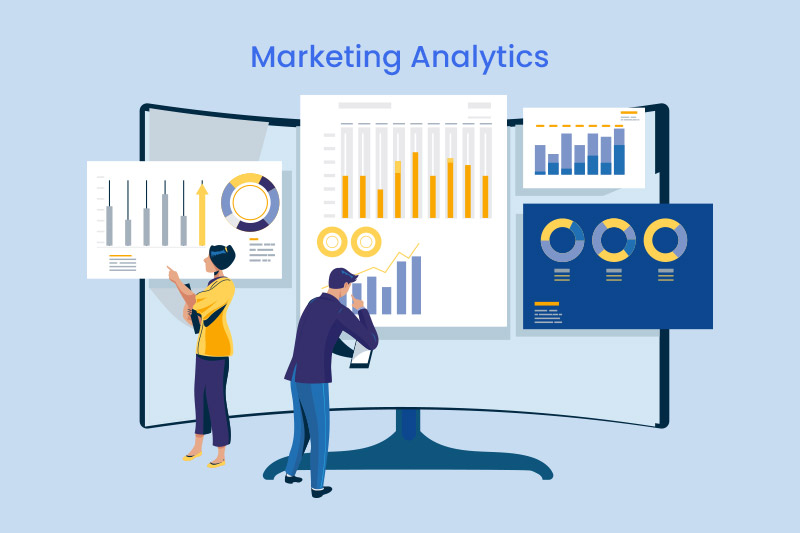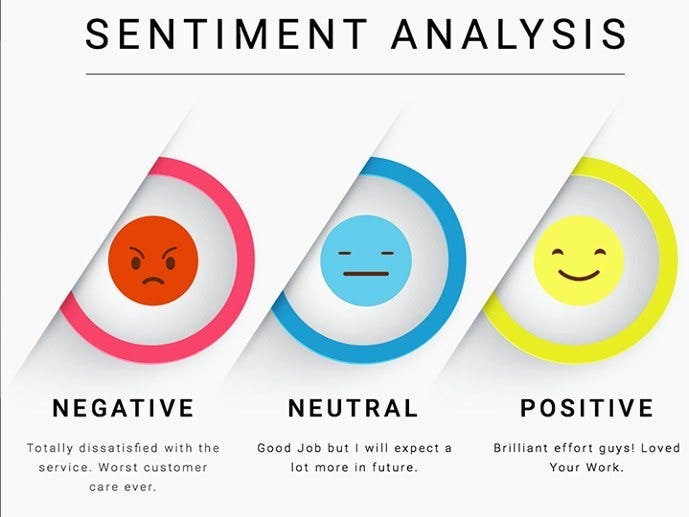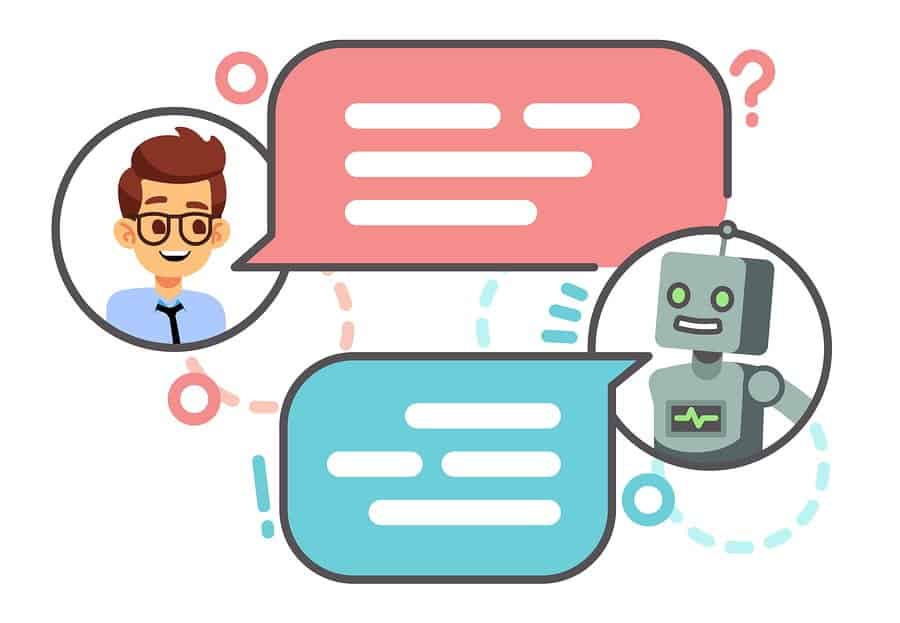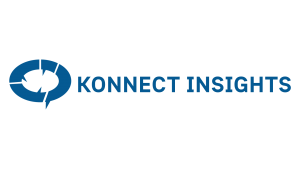When computers first came into the scene and people were trying to understand it, very few prophesied that the opposite might be a possibility someday. They had their programming language and spoke in ‘ones’ and ‘zeroes’, and could only perform the most basic tasks.
With time, they evolved and started catering to more tasks. Calculations that would take months for a normal human being now took a few minutes. They started untying one knot after another and went on to become an integral part of human lives as the 21st Century set foot.
The last few years in tech have been nothing short of phenomenal. We had James Bond doing tech stunts that we thought only looked good on screen and were too good to be emulated in our real lives. Like him, we now have Alexa, Siri, and Google Assistant listening to our most ridiculous demands and presenting the most appropriate answer every time.
The mingling of AI (Artificial Intelligence) has allowed the curation of a bridge between humans and machines. With its help, the latter can now understand emotions and is crossing hurdles similar to how we clear Super Mario levels.
AI also brought NLP (Natural Language Processing), which is a branch dedicated to making further inroads in understanding humans and excels at simplifying the intricacies involved in language-as-a-whole. NLP has the potential to disrupt every single business and the way we look at it.
In today’s white paper, we look at the amalgamation of NLP with Marketing Analytics and its use cases.
What do we understand by the term ‘Natural Language Processing (NLP)’?
Whatever we speak carries a lot of information. The topic, tone, choice of words, pauses between words, and everything else aids humans in understanding what others are implying. If someone could collect all the words spoken, can you imagine the volume of unstructured data that could be generated?
What if we ask AI to analyze these conversations to draw conclusions about people? That’s where NLP comes into play. It is a branch of AI that seeks to help computing devices to understand, interpret, and manipulate human language better.
A Gartner study says that AI branches, such as NLP and ML (Machine Learning) are providing vital insights pertaining to the spread of the virus and also the effectiveness of the measures taken to counter it. Whenever we involve AI to understand and emulate human behavior, we cannot miss out on NLP in the scene.
We all know that machines need structured data that must fit pre-defined models. An IDC study concludes that out of all data available digitally, 90 percent is in unstructured form and does not suffice any predefined model. If you want to solve the conundrum, you must join hands with Natural Language Processing.
What helps NLP in understanding human language?
Syntactic Analysis
Also known as Syntax analysis, Syntactic analysis refers to applying grammatical rules to a group of words to ascertain their correctness. It assigns a semantic structure to text. Its most important part is parsing, where the software breaks a sentence into several grammatical constituents.
Here are the elements of Syntactic analysis –
✅ POS (Parts-of-Speech) Tagging – A word can be a noun, adjective, verb, or preposition. The first step of syntax analysis is to tag them correctly. Once the software accomplishes it, it goes on to the next step.
✅ Constituency Parsing – Human language is complicated and vastly different from machine codes. The software creates constituents or containers to divide the words as per their grammatical role in the scenario to remove the ambiguity involved.
✅ Dependency Parsing – Human language is all about flow. Same words can carry different meanings when used in varying situations. So dependency parsing tries to understand the context of the text and involves an in-depth understanding of grammar.
Semantic Analysis
Semantic or “Language” analysis refers to the understanding of the meaning in the given text. It is different from lexical or syntactic analysis as the former focuses on larger chunks of data, whereas the latter has a narrower scope.
Here are the main elements of Semantic analysis –
✅ Hyponymy – Hyponymy refers to the relationship between a generic term (hypernym) and the times it appears in the text. Each such instance is called a hyponym.
✅ Homonymy – Homonymy refers to the same word (same spelling or form) that carries different unrelated meanings. Each such instance is called a homonym.
✅ Polysemy – Polysemy refers to a word that has different meanings, but all of those are related to each other.
✅ Synonymy – Synonymy refers to synonyms that carry the same or a close meaning.
✅ Antonymy – Antonymy is the relation of two lexical items which are close opposites of each other.
Majorly used techniques in NLP
NLP is currently the best medium for AI to understand humans and their behavior patterns. For that to happen, it employs the following two major many techniques in conjunction to achieve optimum results –
Named Entity Recognition (NER)
The first step to understanding a conversation is to bifurcate the entities involved. The algorithm looks to segregate people, location, dates, and other vital elements from the text.
Tokenization
In tokenization, the software breaks the sentence into a set of tokens. These can either be characters, numbers, punctuation, or any other bifurcation. These can then be used for ranking/indexing and also enables the software to use the storage more efficiently.
Stemming and Lemmatization
Stemming is the process of cutting off suffixes. It allows the software to generate the uninfected form of these words and collect them for further usage. Lemmatization deals with the lemma of a term that is a more complex form of stemming. It requires the software first to comprehend the POS of the word or its context in the text and then reduce it to an appropriate format.
Bag of Words
Bag of Words refers to a technique that pre-processes text and extracts its features for use in ML modeling. It is an uncomplicated process concerned with the occurrence of a word within the reference available. It has nothing to do with the location of the same.
Sentiment Analysis
Sentiment Analysis finds its use when organizations are looking to understand the underlying emotion behind the words expressed by the customer. It uses a three-point scale to bifurcate the data – positive/negative/neutral. If the user is looking for something more complex, they can use a numeric score model that opens more avenues.
Text Summary
Text Summary is useful for the journalism industry or where there is a lot of research data to decrypt. Abstraction and extraction are two approaches involved here. The former helps in formulating a summary of the text by picking up some of its parts. The latter does so by creating new data that represents the crux.
Aspect Mining
Aspect Mining is utilized with sentiment analysis and tries to summarise the overall intent of the text. Part-of-speech tagging is one of the easiest ways to conduct it.
Topic Modeling
Topic Modeling is one of the most complicated techniques involved in NLP. It is an unsupervised model and uses a sample text and assumes two inherent topics. It then identifies common words in both of them and lists them out to the user.
Major Advantages offered by NLP
NLP, when utilized the right way, provides a plethora of benefits to the marketing fraternity. Here is why it has the potential to disrupt marketing analytics –
✅ Helping chatbots to engage in more natural conversations with the help of machine learning and fundamental meaning (discussions shred down into words).
✅ Allowing marketers to place human resources more effectively. Chatbots are tailored to automate basic queries and repetitive tasks which will enable better human allocation for vital tasks.
✅ It helps marketers to cut down costs associated with repetitive tasks and letting chatbots handle the less-important ones. The former can cater to multiple customers simultaneously and provide faster responses when compared to humans.
✅ Giving more liberty to chatbots and making them smarter, helps in improving customer satisfaction.
What differentiates NLP from NLU and NLG?
NLU (Natural Language Understanding) and NLG (Natural Language Generation) are the subsets of NLP. NLU’s primary purpose is to understand the meaning of the written task. The speech recognition software converts a transcript into text and then applies NLU to decipher its meaning.
NLG differs from NLU and NLP. Instead of deciphering the text, it scans through the available data and creates a narrative of its own. It can produce data-rich information, which is not within the scope of NLP. The latter is only responsible for creating meaningful insights from the data.
Use cases of NLP in Marketing Analytics
NLP’s traditional application spectrum was limited to the crime investigation and defense department. With time, it has spread its wings and is now a must-have in almost every industry. It has allowed marketers to extract insights, enabling them to view customer data in a completely new way.
Also, the addition of deep learning has further bolstered its abilities, and it has now started churning out results with higher accuracy and efficiency.
But organizations can unearth the true potential of NLP only when they have the software that can fully utilize its capabilities, such as a social listening tool. Combining them with ML and DL, NLP can not only understand and access but also synthesize text, allowing you to improvise and curate new strategies.
Here are some use cases of NLP that we are experiencing in marketing analytics –
Ability to extract topics aids in an effective content creation strategy
Marketers are increasingly utilizing social listening tools to aid them in finding their targeted markets and the right choice of words to woo them. With the requisite utilities, they can now accurately gauge where they stand when compared to the competition. It includes the volume of conversion, engagement rate, the share of voice, competitor metrics, and several other metrics which make it easier to chart their plans and the most effective way to move forward.
Topic extraction is one of the key offerings of a social listening tool. Via it, you can get into the minds of the customer and understand their intentions and their needs. It would then help you formulate an efficient plan to cater to them. Social listening tools are not bound to a particular blog, social media site, or community forum. They have wings all over the internet and collect data from every source, helping you to up your content creation game and improve your conversions.
Sentiment Analysis enables users to differentiate between emotions
Gone are the days when AI was merely capable of retrieving only the text and failed to decipher the underlying tone. The new-age AI, thanks to NLP, has made it possible for it to derive the sentiment and inform if the data we collected is a positive or a negative one. There are several ways to achieve Sentiment Analysis, such as vibe analysis and it finds multiple usages for a marketer.
For marketers, this ability is priceless as they can use a group of techniques to induce customers into trying their offerings and gauge results for each one of them separately. They can then decide on the pitches that are worth keeping and discard the rest. The ultimate motive of Sentiment Analysis is to let AI steer the conversation to induce customers into converting and pushing them into the sales funnel. It can also be helpful when there are multiple people involved in direct group conversations.
Achieve targeted messaging by audience identification
Digital marketers are, unlike traditional marketers, who had the same pitch for the entire market. The new generation of marketing is about being wily and using personalization as far as feasible. Today’s marketers utilize NLP for audience identification. It breaks down the conversations by analyzing the key themes or common keywords.
It enables marketers to understand if the given strategy is having the desired impact. They can further tweak the same to cater to its target list better. For example – if NLP results show that the question “How to overclock your GPU using BIOS?” is frequent, you know that most of them are developers. This tiny information can help you induce a specific element that may help in better conversion.
Utilizing chatbots for capturing leads
In the last two years, most e-commerce and even other websites where you are likely to find services have added chatbots to their armory. These act as a 24*7 autoresponder and contain answers to basic questions, such as contact information, address, links to important pages, and others. If we talk numbers, an Intellectyx report projects that by 2024, chatbots’ worldwide market size will exceed $1.3 billion. Agreed that it fumbles when you throw complex questions, but they have been great for marketers to collect meaningful data and make the requisite changes.
Marketers are actively using NLP techniques on the collected data from these autoresponders and segregate the inputs based on their priority. The results are further refined by aligning them with your goals and curating specialized strategies for those which fall in line. For those questions which are not on their priority list, if the volume is sufficient, they may figure out alternative solutions to ensure that the Chatbot doesn’t collect them anymore or keep them separately.
Collecting voice search data to cater to a broader audience
A PwC report states that 65 percent of people between 25 and 49 years instruct their voice-enabled devices vocally. These range from doing voice searches to performing activities like setting the alarm. The 18-24 age group had started the revolution, and even the 50+ bracket is now actively using it. The advent of voice assistants like Google Assistant, Siri, and Alexa, and their integration with household devices (via IoT) has ensured that marketers get a bucket load of data at their disposal.
Also, as per estimates, the upcoming years will see a massive spike in people accepting voice assistants and utilizing them regularly. It makes it imperative for marketers to tap into it ASAP and use it to plan their strategies and better cater to a large group of people. The integration of your software with a voice assistant is not possible without NLP.
Automated summarization enables early identification of trends
With the help of approaches like extraction and abstraction, NLP is helping marketers index content or figure out keywords from the summaries and use them for audit or search purposes. The ability to aggregate news using the state-of-the-art text summarization approaches is helping them to find relevant underlying trends from the vast collection of articles, community forums, and other sources on the web.
When it all started, most AI-based software could only extract relevant content to let the marketer fetch the crucial data it. With advancements in NLP, the software can now create abstractive summarization, which is not a cut-and-paste job, unlike the previous iteration. It produces content on the go, which is original and better sums up the data fed to it.
Utilizing AI for efficient copywriting and content generation
Words are a powerful medium to convince people into trying something new. All you need is to use the right set of them at the right time. The recent developments in NLP and AI as a whole, have added text generation capabilities. Even though it would need further inroads for NLP to become a full-fledged copywriter itself, marketers are already utilizing it to generate keywords, slogans for advertising, and much more.
If you are into copywriting, you must have heard of Grammarly. It has been using AI to provide more effective results to users who seek help to refine their skills. E-commerce giant Alibaba has introduced AI copywriter for creating product descriptions and reducing its dependence on humans. It is also helping companies who are not acquainted with Mandarin but want to sell their offerings in China via Alibaba.
Conclusion
NLP is an integral part of AI, and its use cases are not limited to the ones that we have listed above. It is multidimensional and finds usage most unexpectedly. For example, when we visit a website and use its search bar, we more often than not, feed incomplete sentences and ask it to look for results. Without NLP, the search queries would have stood crippled to return relevant results.
It is one of the simplest examples of Natural Language Processing around us. For marketers, the use cases are far more complex, and we expect them to imbibe it more profoundly as time progresses. It, combined with social listening, can make for a lethal combination and can help you steer ahead of the competition. But for that to happen, they will have to train themselves with the requisite skill-set and move forward with an open mindset.
Talking of AI and NLP, there are many hurdles for them to cross, and it will take some time before their integration with marketing analytics become seamless. First and foremost is that it has a world of raw data to present, and it would be interesting to experience it in a meaningful manner. Another would be to help humans save time even while fiddling with the sea of data.
Yes, multiple questions are surrounding the usage of NLP in marketing analytics, but the good thing is, that we are making strides towards achieving it. With proper development and adaptation, NLP tomorrow will be able to master complex tasks that were once exclusive to a handful of people.


